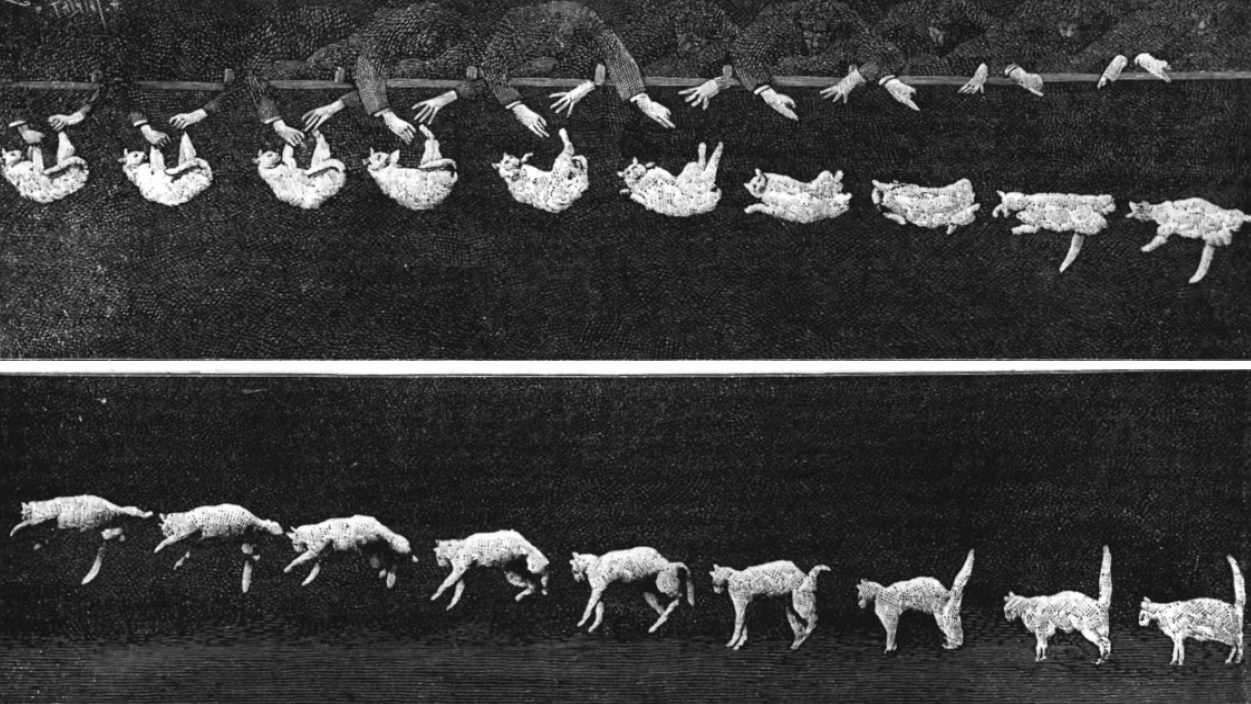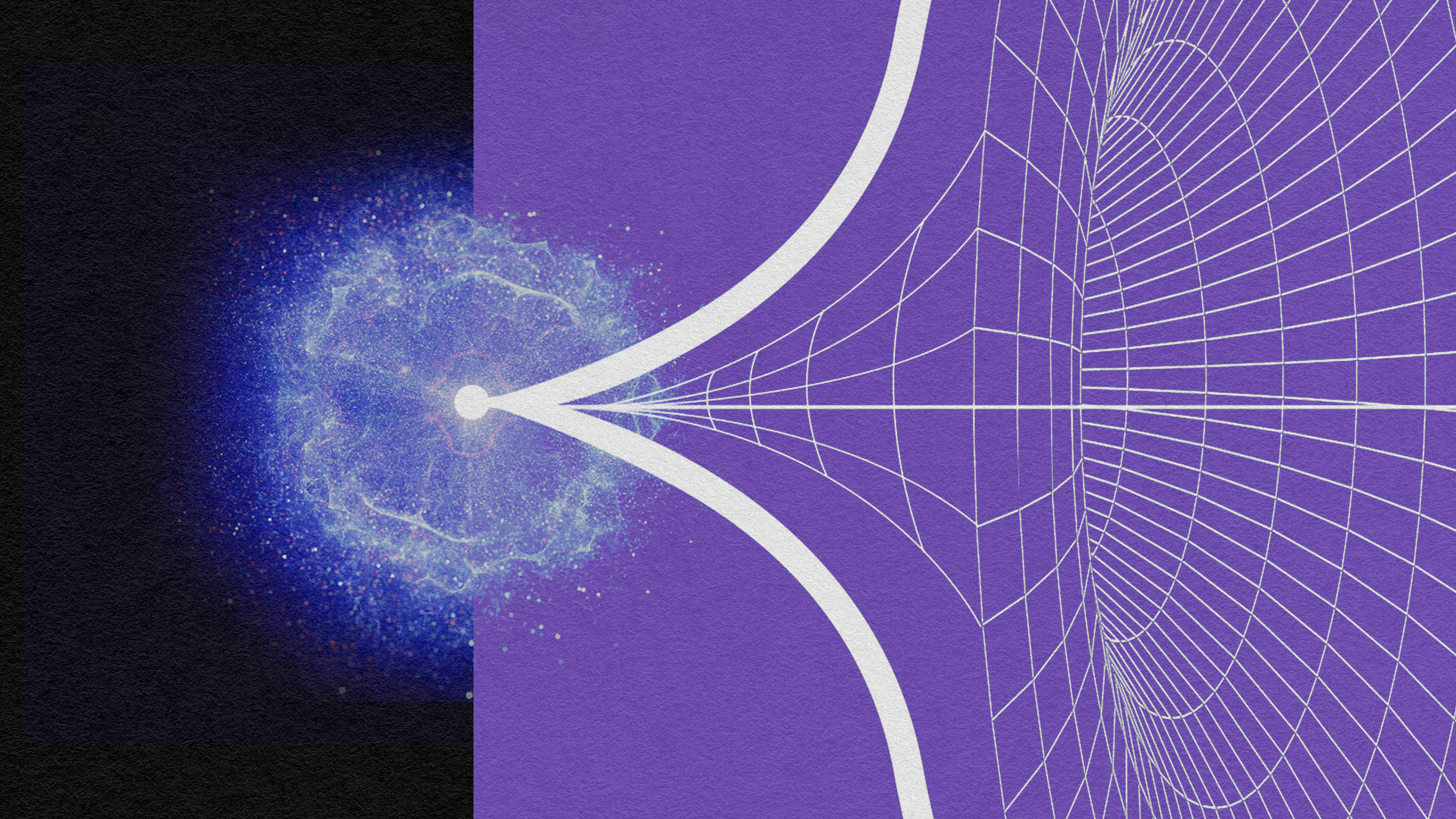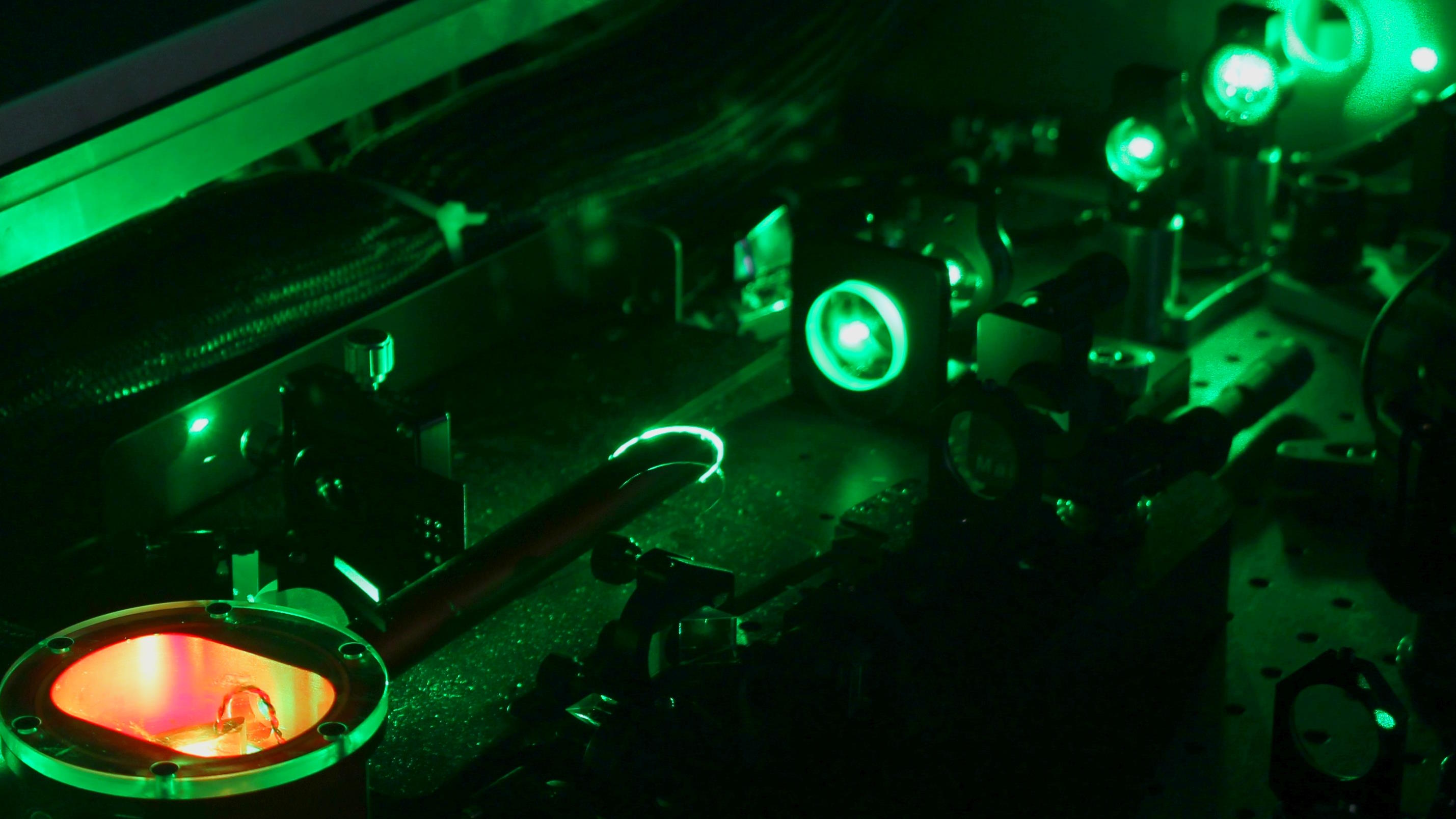Nobel laureate Frank Wilczek argues that understanding basic physical laws is sufficient to grasp how the mind works, but that may not explain everything about the mind. Borrowing principles from quantum mechanics, Wilczek claims that reality may not be suited to full understanding with a set of principles from any one discipline. Taking the case of free will as an example, it may be possible to understand humans both as having free will and being entirely determined by physical laws at the same time.
Frank Wilczek: There’s every reason to think that physics provides the underlying fundamental laws that describe how mind works. That’s the working hypothesis that Francis Crick calls the astonishing hypothesis that I think basically every serious neurophysiologist assumes that by understanding at a molecular level how nerve cells worked and understanding at an architectural level how they’re wired together and understanding the logic of the processing as you might try to understand how a computer works that that will give a rich and in a sense complete understanding of how the brain works, that there’s nothing missing. That program is very, very far from being accomplished and so it’s logically possible that something will go wrong. But so far that seems to be on track and there don’t seem to be any show stoppers as far as I can tell. The previous history is that at one time people thought that there would be some kind of special animism or vital principle that was necessary to understand how metabolism works or to understand how heredity works or to understand how other basic biological processes work.
But in those cases I think it’s fair to say that we’ve actually achieved a molecular understanding. It’s not absolutely complete but it’s – I think the conceptual outlines are quite clear of how metabolism works and how heredity works and it is firmly based on the principles of physics. Now that being said there’s a very important concept that as I’ve – the deeper I’ve studied the more I’ve come to appreciate that Niels Bohr introduced called complementarity. This in quantum mechanics is a theorem but I think it has much more general applicability. It’s the concept that there can be an underlying reality that you address questions to in different ways that are meaningful and give informative answers but require processing the underlying reality in different ways. So that the ways that you have to do the processing might be mutually incompatible. In quantum mechanics that’s just something that’s a theorem, a mathematical theorem that if you want to know where a particle is you have to process its most basic reality, it’s wave function in one way. If you want to know how fast it’s moving, its velocity or momentum, you have to process the wave function in a different way. And you can do either one of those and get good answers for where it’s going to be or how it’s going to move.
But you can’t do both at once because the kind of processing that’s involved is incompatible. I think that’s a much more general phenomenon that when you try to address the nature of things you may find that asking different questions requires different ways of processing the underlying information structures, the underlying reality so that, for instance, in understanding the human mind which is what we were talking about, to understand it physically requires one kind of processing and there’s every reason to think that we already have the fundamental physical laws that are adequate to that kind of treatment. But to understand how a person works, how thought processes, moods and so forth add up to a personality in a human actor will require quite different ways of understanding and quite different ways of processing the underlying information structure that are probably incompatible. So the age old conflict between determinism and free will, for instance, I think is superficial. They’re different ways of processing that could easily be and apparently are incompatible. If we’re dealing with our own experience or if we’re dealing with issues of law we really need the concept of free will. But if we’re dealing with the brain as a physical object I think we can rely on the physical laws.






